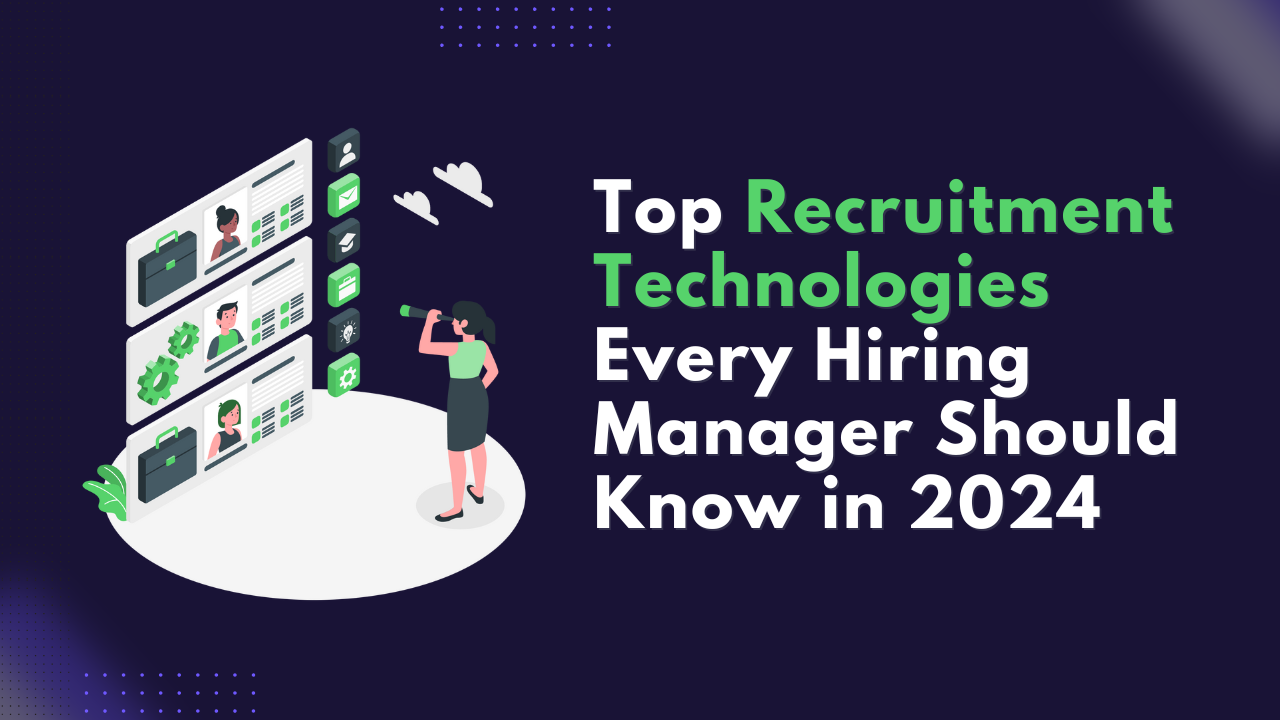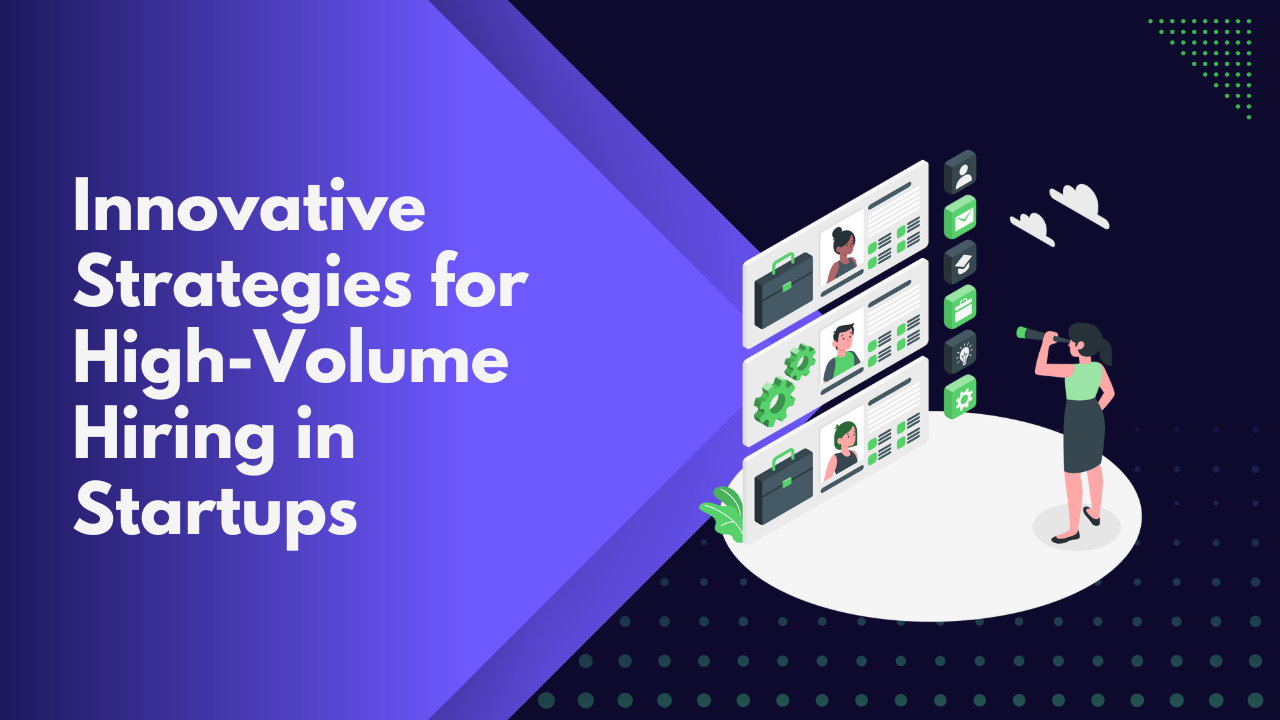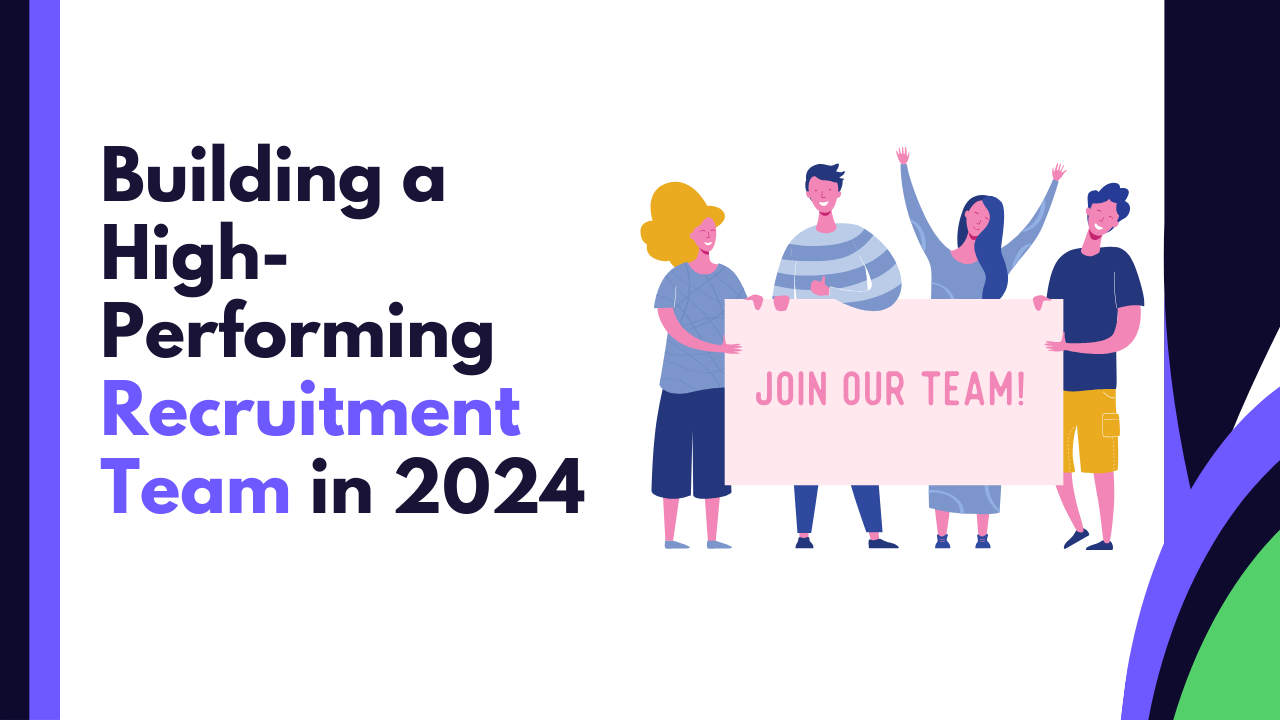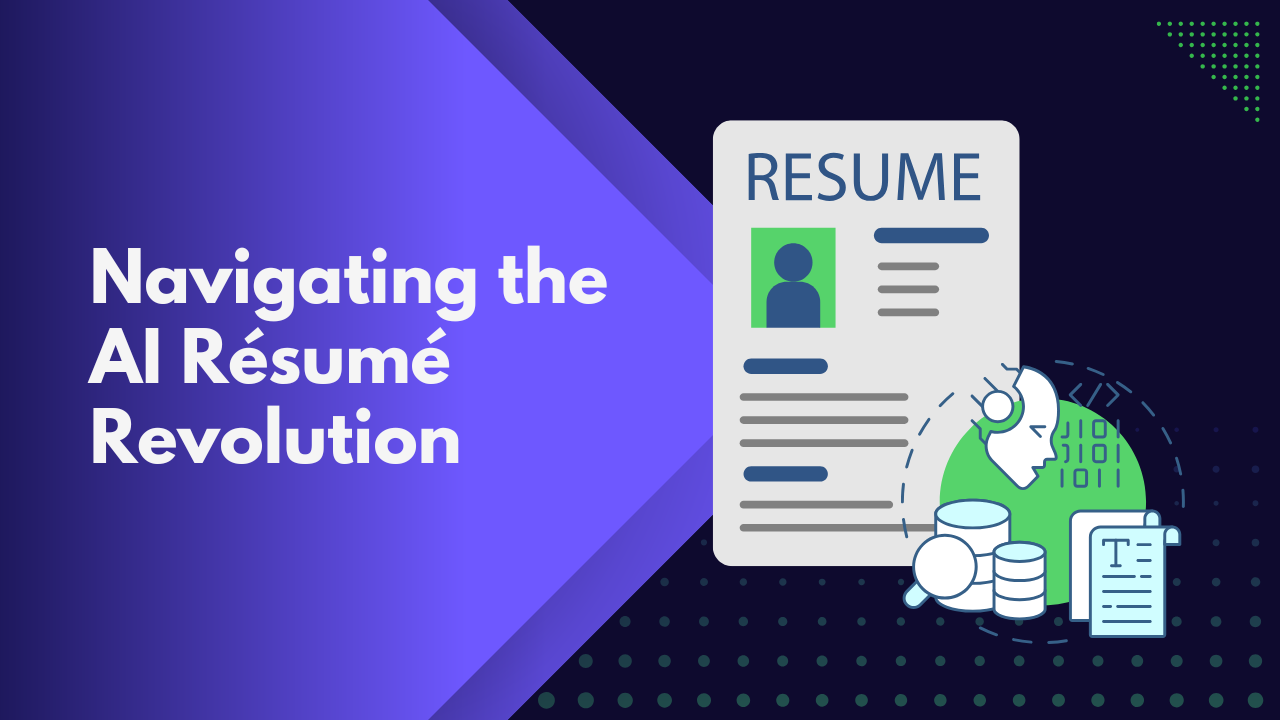
Introduction
With a continually evolving digital landscape, hiring managers in 2024 are equipped with a remarkable toolkit of recruitment technologies designed to streamline and improve every step of the hiring process. Traditional recruitment processes no longer suffice in a market where candidates are spread across platforms and the competition for talent is high. Modern recruitment demands speed, efficiency, and the ability to attract and engage top talent across multiple channels. Leveraging recruitment tech—such as AI-based resume parsers, automated outreach platforms, and unified inboxes—not only saves time but also enhances candidate experiences and optimizes recruitment outcomes.
In this guide, we’ll explore some essential recruitment technologies that every hiring manager should be familiar with this year. We’ll discuss AI-driven resume parsing, powerful candidate sourcing platforms, automated outreach tools, and more. Let’s dive into the first critical technology reshaping recruitment: AI-based resume parsing and screening.
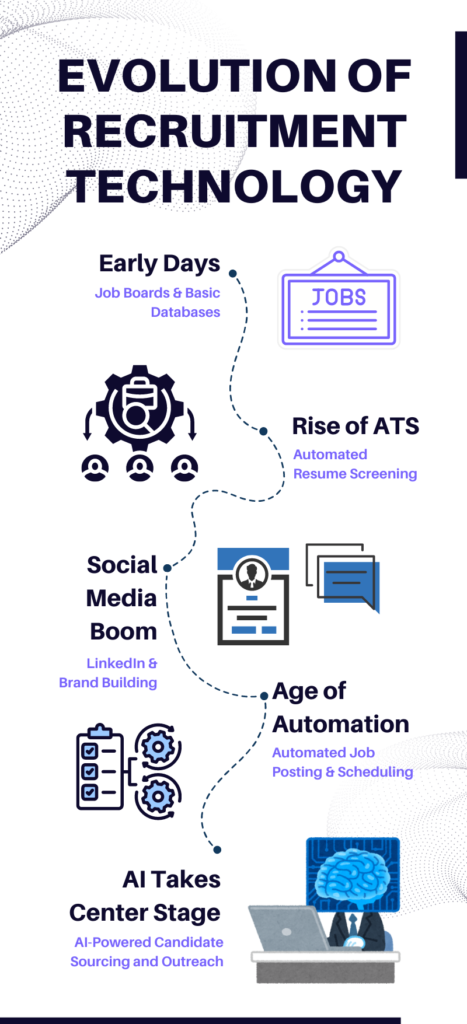
AI-Based Resume Parsing and Screening
What It Is
AI-based resume parsing and screening have emerged as foundational tools in recruitment technology. They utilize machine learning algorithms to analyze resumes, filtering out unqualified applicants and prioritizing those who best match the job requirements. These tools assess resumes with impressive accuracy, extracting data such as work experience, skills, certifications, and education. By using predefined keywords and skills relevant to each role, AI-based resume parsing saves time, reduces human error, and allows recruiters to focus on the most promising candidates.
Key Benefits
AI-based resume parsing and screening bring several advantages to hiring managers and recruiters, transforming initial recruitment efforts and contributing to overall efficiency:
-
Time-Saving
Traditional resume screening is time-consuming, especially for roles that attract a high volume of applicants. AI-based parsing tools can sift through thousands of resumes in minutes, filtering out unsuitable candidates and ensuring only qualified ones move forward. This time-saving aspect is vital in fast-paced industries where hiring needs are urgent. -
Improved Accuracy
Human screening can be prone to biases and errors, but AI-powered tools offer consistency. By objectively evaluating each resume based on predefined skills and experience, these tools ensure a fair, unbiased approach. As a result, recruiters can feel confident that candidates are selected solely on qualifications. -
Enhanced Candidate Quality
AI-based resume parsers go beyond keyword matching. Advanced algorithms assess resume structure, contextual relevance, and even past job performance indicators to identify top-quality candidates. This sophisticated filtering ensures that hiring managers are presented with a refined selection of candidates who have a higher potential to succeed in the role.
Example Technology: TapTalent’s Advanced Filtering Features
TapTalent’s advanced filtering capabilities offer an excellent example of how AI-driven resume parsing enhances recruitment processes. With these filters, recruiters can quickly sort candidates based on customizable criteria such as skills, experience, education, and location. This level of specificity allows recruiters to hone in on the best candidates without spending hours reviewing applications manually.
TapTalent’s platform provides an additional edge with features like multi-platform sourcing and cross-platform integrations. Instead of relying on only one platform, TapTalent aggregates candidate information across multiple channels, allowing recruiters to screen a broader pool of talent while maintaining precision.
Practical Tips for Using AI-Based Resume Parsing Effectively
To maximize the value of AI-based resume parsers, hiring managers should follow a few best practices:
-
Define Clear Job Requirements: Specify the essential skills, qualifications, and experience required for each position. This helps the AI tools to apply relevant filters accurately, saving time and improving candidate quality.
-
Regularly Update Parsing Filters: As job requirements evolve, make sure to adjust parsing criteria to reflect new expectations and industry trends. For instance, adding emerging skills or updated role-specific certifications can further enhance parsing accuracy.
-
Combine AI with Human Review: While AI parsing saves time, supplementing it with a human review of shortlisted candidates ensures that qualified individuals with unique skills or experiences are not overlooked.
Candidate Sourcing Platforms
In the fast-paced world of recruitment, finding qualified candidates quickly and effectively is essential. Candidate sourcing platforms simplify this task by giving hiring managers access to vast databases of potential hires. These platforms aggregate millions of profiles and provide recruiters with the tools to filter candidates by criteria like industry, skillset, experience, and location. This level of access broadens the talent pool and ensures that recruiters can find specialized candidates for even the most niche roles.
Key Benefits
Using candidate sourcing platforms offers several distinct advantages:
-
Expanded Reach
These platforms enable recruiters to find passive candidates who might not be actively applying but are open to new opportunities. With access to expansive databases, hiring managers can tap into both active and passive candidates, increasing the chances of finding a perfect match. -
Diversity and Inclusion
With customizable search filters, recruiters can actively seek diverse candidates from various backgrounds, ensuring an inclusive hiring process. Diversity in hiring isn’t just a trend; research consistently shows that diverse teams perform better and bring unique perspectives to solve business challenges. -
Faster Hiring Process
By accessing a pool of qualified candidates, recruiters can drastically cut down on time spent in sourcing. Instead of waiting for applications to trickle in, hiring managers can actively search and connect with candidates who meet the criteria. This proactive approach speeds up the recruitment process and helps businesses fill roles quickly.
Example Technology: TapTalent’s Candidate Sourcing Capabilities
TapTalent offers a powerful example of candidate sourcing technology, with access to over 800 million contacts worldwide. This expansive reach is complemented by customizable filters that allow recruiters to refine searches based on specific requirements. By narrowing down candidates based on skills, experience, and geography, recruiters can quickly identify individuals who best align with the job’s needs.
TapTalent’s solution goes a step further by integrating multi-platform sourcing, so recruiters can engage with candidates across different channels. This ensures that hiring managers don’t miss out on top talent who may only be present on certain platforms. This integration helps companies streamline their hiring process and reduce recruitment costs, ultimately driving efficiency in candidate sourcing.
Automated Candidate Outreach
Automated candidate outreach technology has transformed how hiring managers engage with potential candidates, enabling them to scale outreach without losing the personal touch. This approach lets recruiters initiate timely, consistent communication with a larger number of candidates across various channels. With the competitive landscape in recruitment, engaging candidates quickly and effectively is crucial. Automated outreach ensures recruiters can maintain strong communication pipelines without dedicating endless hours to manual tasks.
Benefits of Automated Outreach
Automated outreach provides a range of advantages that enhance recruitment efficiency and candidate experience:
-
Increased Engagement
Automated outreach can maintain engagement with candidates throughout the hiring journey, improving response rates. By using pre-scheduled communications, recruiters can provide timely follow-ups, status updates, and reminders, which keep candidates informed and interested. -
Personalized Messaging at Scale
Despite automation, recruiters can tailor messages to individual candidates, addressing specific skills or experiences to foster more meaningful engagement. Personalized templates can be used to convey interest, while automated follow-ups ensure recruiters never miss a potential candidate. -
Efficient Time Management
Automation frees up time by handling repetitive tasks, allowing recruiters to focus on high-priority activities, such as interviews or building candidate relationships. By streamlining communication, hiring managers can increase their productivity and stay organized even during high-volume hiring periods.
Example Technology: TapTalent’s Outreach Capabilities
TapTalent simplifies candidate outreach by providing cloud-based campaign capabilities across email, LinkedIn, and WhatsApp. Recruiters can schedule and customize campaigns to deliver a consistent experience, meeting candidates on the platforms they use most. TapTalent’s automated approach ensures that each candidate receives timely updates, follow-ups, and messages tailored to their profile, all without extensive manual effort.
This system also tracks candidate interactions, helping recruiters identify when to take manual follow-up action for promising candidates. This blend of automation and personalization empowers recruiters to engage at scale while maintaining quality.
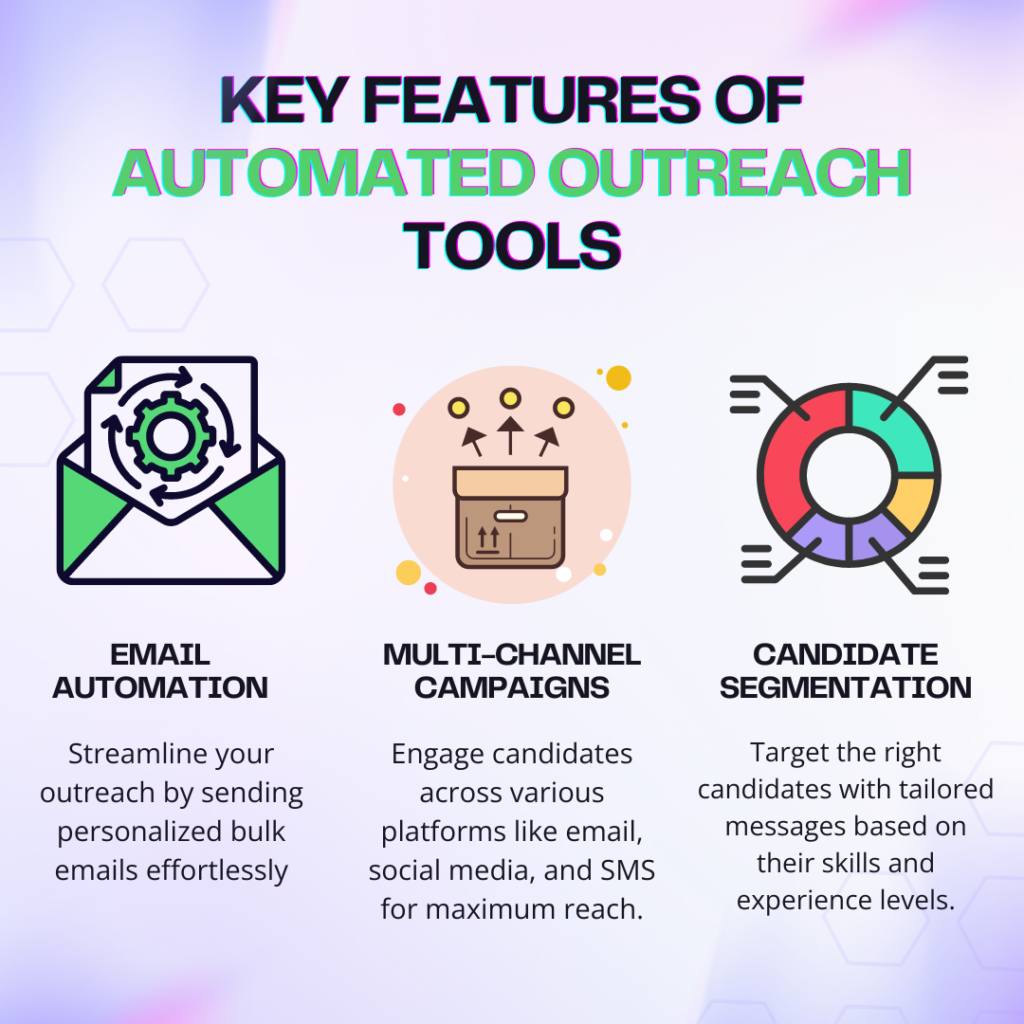
Unified Communication Inboxes
In the increasingly fast-paced recruitment field, managing communication across multiple platforms can be challenging for hiring managers and recruiters. Engaging with candidates over email, LinkedIn, WhatsApp, and other channels is common, but it often results in scattered conversations and delayed responses. Unified communication inboxes address this by consolidating all interactions into one accessible location, thus enhancing organization, team collaboration, and response efficiency.
Why Unified Communication Inboxes Are Vital
Unified inboxes offer many advantages for recruiters, such as improving visibility, enhancing teamwork, and boosting response time. Here’s how they make a difference:
-
Enhanced Organization and Visibility
First, unified inboxes improve organization by gathering messages from all platforms in one place, allowing recruiters to view all candidate conversations at once. This structure reduces the chance of missed follow-ups and ensures recruiters can see every interaction at a glance. For hiring teams, this means faster access to essential details and seamless continuation of ongoing conversations.
-
Boosted Team Collaboration
Additionally, unified inboxes foster collaboration, especially for teams that share candidate management responsibilities. When multiple recruiters have access to a candidate’s communication history, they can step in seamlessly when needed, allowing smooth transitions and consistent engagement. By enabling shared access to communication data, these tools make it easy for teams to work in harmony, ensuring candidates feel valued and attended to at every stage.
-
Quicker, More Efficient Responses
Today’s candidates expect quick, responsive communication. Switching between multiple platforms can slow response times and lead to lost engagement opportunities. By consolidating messages, unified inboxes eliminate platform-switching, enabling faster replies. This allows recruiters to maintain timely interactions, significantly reducing time-to-hire and keeping candidate interest high.
Example Technology: TapTalent’s Unified Smart Inbox
TapTalent’s Unified Smart Inbox exemplifies how a unified communication tool can simplify recruitment. This feature combines all candidate communications across email, LinkedIn, and WhatsApp into a single, easily accessible dashboard. TapTalent’s tool not only consolidates these interactions but also provides robust filtering options, enabling recruiters to prioritize high-priority messages and maintain consistent follow-ups. As a result, TapTalent’s Unified Smart Inbox helps recruiters stay organized and respond efficiently, ultimately enhancing candidate experience and engagement.
LinkedIn Extensions and Multi-Platform Integrations
In today’s recruitment landscape, multi-platform integrations and LinkedIn extensions offer hiring teams an invaluable edge by allowing seamless access to candidate profiles across various professional networks. These integrations enable recruiters to expand their sourcing capabilities beyond the usual talent pools, capturing high-quality candidates wherever they engage. Particularly with LinkedIn as one of the most influential professional networks, LinkedIn extensions have become vital tools, enhancing recruiters’ reach and improving hiring workflows.
The Importance of Multi-Platform Integrations in Recruitment
One of the primary advantages of multi-platform integrations is the ability to source candidates from diverse digital communities. For instance, platforms like GitHub, Stack Overflow, and other industry-specific communities are ideal for identifying professionals with highly specialized skills. By integrating these sources into their recruitment process, hiring teams can create a wider funnel that draws in top-tier candidates from various fields.
Multi-platform integrations also help recruiters manage candidate profiles more efficiently. Instead of manually tracking candidates across multiple platforms, integrations centralize all profiles within the hiring manager’s Applicant Tracking System (ATS) or recruitment software. This significantly improves organization and enhances the hiring team’s efficiency, enabling better tracking, reporting, and follow-ups.
How LinkedIn Extensions Improve Recruitment Efficiency
LinkedIn remains a primary tool for professional networking and recruitment, so LinkedIn extensions are game-changers for sourcing. These browser-based tools allow recruiters to quickly capture profiles and export them to their recruitment systems. With these extensions, recruiters no longer need to input candidate data manually, saving time and reducing human error. Many extensions also provide additional insights, such as candidate contact information and skill assessments, to further enrich profiles.
LinkedIn extensions also improve the personalization of candidate engagement. By viewing an individual’s public LinkedIn activity, recruiters can gain insights into the candidate’s interests, recent posts, and professional accomplishments. This information allows for a more tailored outreach approach, increasing the likelihood of a positive response.
Example Technology: TapTalent’s LinkedIn Extension
TapTalent’s LinkedIn Extension streamlines candidate discovery and data management across LinkedIn and other professional networks. With access to profiles from diverse talent communities, TapTalent’s extension integrates seamlessly with its broader recruitment software. This means recruiters can capture and store candidate profiles directly from LinkedIn, GitHub, and other platforms, making sourcing more efficient and widening the talent pool.
Furthermore, TapTalent’s extension offers customizable filters, helping recruiters target candidates based on specific criteria such as skill set, location, and job title. This level of filtering is invaluable for locating the most qualified individuals quickly, especially when handling a high volume of applications. By leveraging TapTalent’s LinkedIn extension, hiring managers can source from multiple platforms, creating a diverse candidate pool that aligns with the company’s needs.
Conclusion
In 2024, recruitment technology is no longer a luxury—it’s a necessity for hiring managers aiming to stay competitive. From AI-based resume parsing to LinkedIn extensions and multi-platform integrations, each tool brings its own set of advantages, from streamlining workflows to expanding candidate reach and improving engagement. Solutions like TapTalent stand out by providing a comprehensive, integrated approach that leverages these technologies, simplifying the recruiting process from start to finish.
For hiring managers ready to elevate their recruitment strategy, exploring TapTalent’s multi-channel, data-driven platform can provide the efficiency and precision needed to find and engage top talent. Start building your next-generation recruitment pipeline by exploring the possibilities TapTalent offers!
